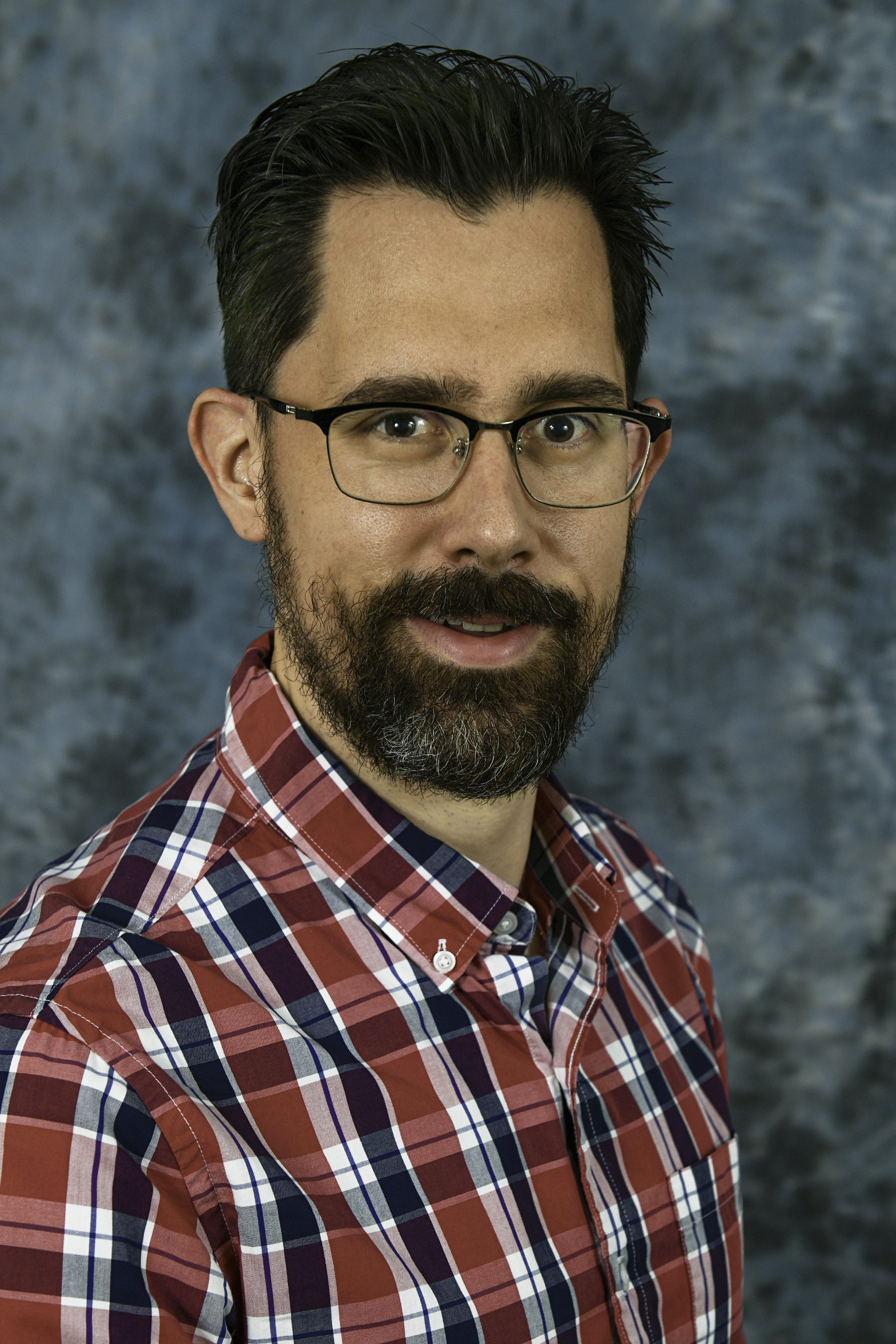2024 Technical Program
Processing
2,3-Butanediol Production from Lignocellulosic Hydrolysates and Separation from Fermentation Broth as a Recoverable Platform Chemical for Sustainable Aviation Fuel Applications

Ryan J. Stoklosa (he/him/his)
Research Chemical Engineer
USDA-ARS
Wyndmoor, Pennsylvania, United States- RL
Renee J. Latona (she/her/hers)
Chemist
USDA-ARS
Wyndmoor, Pennsylvania, United States - VG
Valerie Garcia-Negron (she/her/hers)
Research Chemical Engineer
USDA-ARS
Wyndmoor, Pennsylvania, United States - CY
Chang Geun Yoo
Assistant Professor
State University of New York College of Environmental Science and Forestry, United States - SJ
Soyeon Jeong
Postdoctoral Research Associate
State University of New York College of Environmental Science and Forestry, United States
Presenting Author(s)
Co-Author(s)
The production of an intermediate platform chemical by fermentation followed by catalytic upgrading is one proposed route for the generation of sustainable aviation fuel (SAF). This work builds upon ongoing research that is generating the high-value platform chemical 2,3-butanediol (2,3-BDO) from pretreated lignocellulose using a fermentation process with Paenibacillus polymyxa. Hydrolysates from pretreated lignocellulose were shown to be successfully fermented with P. polymyxa without detoxification and could produce up to 43 g/L of 2,3-BDO using batch processing. The resulting 2,3-BDO in the fermentation broth must then undergo separation and recovery for utilization in downstream SAF applications. This work took fermentation broths from different pretreated lignocellulosic hydrolysates that contained 2,3-BDO and subjected them to biphasic separation by combining different ratios of inorganic salts and organic solvents. Several inorganic salt/organic solvent systems were tested to determine separation parameters such as partition coefficients and 2,3-BDO yield in the organic solvent layer. One of the key findings for using this separation process is that higher inorganic salt content will reduce the total volume of organic solvent addition while maintaining greater than 90% recovery yields of 2,3-BDO.

.jpg)